If you’re investing in crypto, you’re joining the investor class. But what does that mean? Being an investor means being educated. Before you even touch investments, especially those as high risk as crypto, you need to understand the fundamentals.

One of the key realizations is how you look at money. To most people, money is a paycheck. Money is a sore subject, they don’t have enough of it, and when they do, they spend it unwisely. You need to look at money as a literal representation of your time.
When you work for someone, you are trading your physical time on this earth, your life, which each of us only has so much of, for money. Put that way, it really doesn’t seem like a good deal does it.
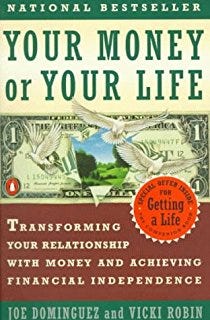
This is why I recommend “Your money or your life” by Vicki Robin as a great way to reframe your relationship with money. It was life-changing for me, and I hope it is for you too. I also really love Mr.Money Mustache and his blog about financial independence, even though he doesn’t like crypto.
But people then say to me, ok, I’ve cut out Starbucks, I’ve cut the useless gym membership, I’m really frugal, I’ve sold all my useless possessions for extra capital. But I still feel like I’m barely getting by and I really don’t have much to invest.
Ok, so good job getting your personal finances under control, it’s what I refer to as bottom-up investing and when you’ve done that you’re ready for the next step, the top-down investing. You need to expand your streams of income. Are you working a job? That’s just one stream of income. What happens if you lose that job. You have nothing to fall back on. Did you know millionaires have an average of 7 streams of income? Let’s put this another way, Warren Buffett said, “If you don’t find a way to make money while you sleep, you will work until you die”. That’s not hyperbole, that happens to people every day, unfortunately.
I can’t get into all the possible methods you can employ to expand your streams of income — real estate, owning a business, whatever — but investing is one of, if not the best additional streams of income you can have. Why? Because you make money without having to do anything.
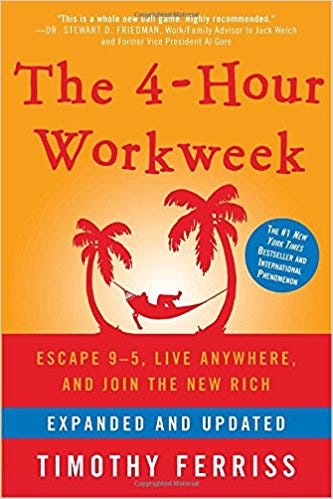
This is capitalized in some additional books we recommend. Check out The Four Hour Workweek by Tim Ferris to understand how this lifestyle can be yours.
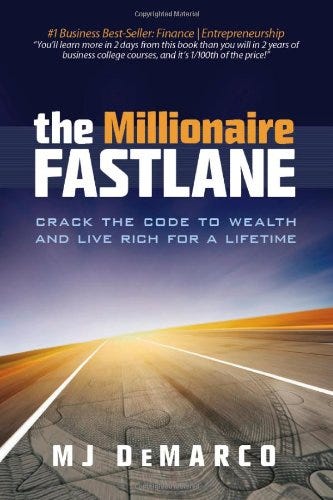
We also really like The Millionaire Fastlane by MJ Demarco as it really eloquently describes being in the slow lane, i.e, being an employee and working until your 65, versus being in the fast lane as an investor and retiring to a beach and a pina colada when you want to. Remember: Your money should always be doing something, that’s why you’re part of the investor class.
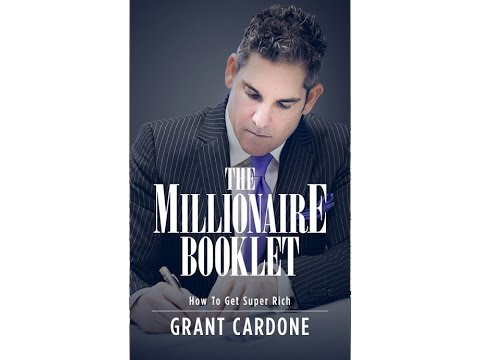
Just for fun, we like Grant Cardone’s free ebook, The Millionaire Booklet, as it’s a nice piece of motivation and teaches you to stop making excuses and start making plans about how you’re going to change your life.
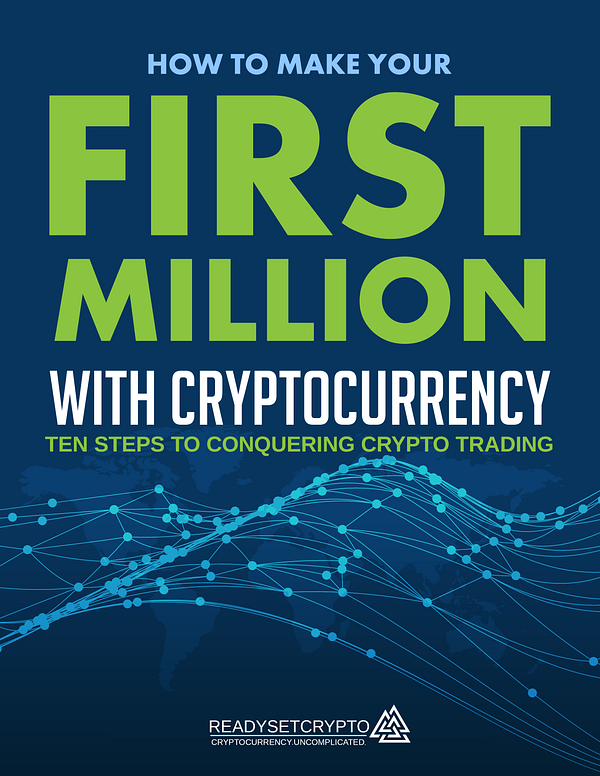
Finally, I would be remiss if I didn’t also plug our own free eBook, How To Make Your First Million With Cryptocurrency, which you can pick up by heading over to our website, www.readysetcrypto.tempurl.host, and signing up for our free daily crypto insider newsletter. Check it out!
Look, guys, I know, self-help books sound boring and a waste of your time when all you want to do is get rich quick. But we really believe books such as these have shaped our perspectives to allow us to capitalize on opportunities. This stuff takes hard work and discipline to be good at. If you just jump in feet first, you’re going to get burned, and we’d hate to see that happen to you and for you to walk away from the amazing opportunity that crypto presents. So, to that end let’s cover some rules that have helped us be very successful in trading and investing in crypto. And remember, we’re not financial advisors, this is not financial advice, this is a video on the internet produced by a crazy person who you should clearly not listen to.
The Ten Rules Of Trading Cryptocurrency
With that out of the way, our ten rules of trading crypto are:
- Don’t invest what you can’t afford to lose. A good rule is that don’t have more than 5–10% of your entire investment portfolio in crypto at the maximum, and only invest what you can afford to have locked in for the long term. If we have a major correction tomorrow, you need to be comfortable with losing 90% of your portfolio value in case of a crash and sitting back and letting it slowly recover. One way to mitigate your risk is that once you double your profit, pull out the principal so you are only playing with profits. Doing this, only playing with what you can afford to lose, really just treating it like money you’ve already lost, is going to turn you from being an emotional trader and investor to being someone that operates with logic and reason.
- Understand FOMO, the fear of missing out. As Doc covered yesterday, your worst trades will often feel the best getting in, your best trades will often feel the worst getting in. FOMO is a powerful force, you see a crypto going up 100% and you feel like you’re missing out on an amazing opportunity, but oftentimes, if that’s your line of logic, you’re not evaluating the fundamentals, you’re not doing your due diligence, you’re chasing a pump, which often leads to a dump and suddenly you’re a bagholder.
- Don’t chase pumps. Crypto is unregulated. It’s the wild west of trading. Pump and dumps are illegal in traditional markets, but because regulations haven’t caught up with crypto just yet, pump and dumps happen every day. Just look at the list of the top gainers on coinmarketcap for an idea of how persistently this happens, you know, 1000% percent gain on a coin worth less than million over 1 hour, yeah that’s a pump. And like we just said, pumps are followed by dumps. Do not under any circumstances join a pump and dump group. You will get burned, and you will deserve it. Furthermore, regulations are coming soon and if you’re caught doing that, you could legal repercussions. Don’t do it, and don’t listen to anyone suggesting it.
- Again, to highlight our last two rules, you will miss out on so-called moon missions, where a legitimate coin does go up a lot, and trust us, it hurts if you were in that coin and you sold out early. It’s like not being invited to a party. You’re going to miss out on opportunities, and that’s ok. No one knows the future, don’t put yourself through the game of what if and if only I had done this. You’re not doing yourself any favors by beating yourself up needlessly. Understand why you missed that opportunity, and try to learn from it. You are so early to this space that there’s going to be new opportunities every day, you just need to put in the hard work and build your experience, minimize your risk, and success will come to you. We’re here to help you do that, we want to you succeed, and we know you can.
- Everyone loses money . . . but as an inverse to our last rule, everyone loses money. For every winner, there is a loser. That’s the nature of the game you signed up for. Everyone loses sometime. It happens. Trust us. That dopamine fix you get from seeing the position double will make you feel like a genius and its human nature to want to advertise it. What you forget is that those who lose money keep quiet about it and don’t advertise their failure. It’s called survivor bias. We’re not going to pretend that some people get into crypto and make terrible mistakes, and walk away with their lives ruined. It happens, and it’s irresponsible not to discuss with your self your exit strategy. You need to being with the end in mind. Just like how you need to know where you’re going to sell a position if goes well, you need to know when to get out. Don’t get trapped.
- With that in mind, building a solid portfolio is key to minimizing risk by distributing your holdings. Don’t put all your eggs in one basket guy, you know this. We’re going to put out a video discussing this topic further, and we’re going to share our private portfolio in our premium newsletter once we open that up, but two great examples of how to structure your portfolio is either by sectors. So, devote portions of your portfolio to different types of coins to spread out your exposure, platforms 25%, Currencies 25%, privacys coins, 25%, and 25% in wildcat cryptos that have promising tech but low market cap, ICOs, etc. The other way you can structure is by risk, so 50% to coins in the top 10, 25% to coins the top 25, 15% to coins in the top 100, and the remaining 10% to wildcat coins.
- So when picking for your investment portfolio, you need to be an expert in fundamental analysis for speculative assets. This is not easy compared to something like the stock market where information is more readily available. You need to be able to identify red flags, understand how to evaluate potential, and see opportunities before others do. With the unregulated nature of this space, there’s a lot of potential for scams and fraud. Understand that most coins will not be around in 5 years. Seriously, the churn in crypto is amazing.
- So, to counter this, take your time, and do your research. It is worth it and will save you a lot of heartburn. I cannot stress this enough, you are buying an asset with your hard earned money, and it should have some utility. Start by reading the whitepaper that is on the main site for the coin. You can avoid a lot of scams by simply critically evaluating the question: “Why does this coin exist?” Is it simply trying to apply a blockchain to something that doesn’t need it or is there a transactional inefficiency/problem that the unique properties of the blockchain can solve?
- You will find that most people who made six figures or more in crypto did it by holding over the long term, very few get rich by day trading. If you do short term trading, do it when you have high certainty that specific news will lead to an increase. Some of these specific events are: upcoming roadmap item releases, fork airdrops, exchange additions, and partnerships. Short term buys like this are smart moves based on some underlying value assumption being changed. But always remember, buy the rumor, sell the news. Do not be surprised that prices take a dip after something is officially announced. Timing the market can be like catching a falling knife, so for most people, look for an entry point, set stops for yourself, identify an exit point, and just sit back. Day trading is an exceptionally difficult skill to master in a market as volatile as crypto. The battle cry of a lot of crypto investors is just hold.
- Have fun with it. Understand that you’re in the .1% of investors and .01% of the population actively investing in crypto. This is still a new space with a lot of potential and a lot to prove. Many people are skeptical, but that’s your opportunity. Those same people after bashing bitcoin and crypto, turn around and say, “oh but only if I had invested in bitcoin in 2009”. It’s cognitive dissonance and there’s a lot of people on the news who are going to try to tell you what to think regarding crypto. Make your own judgments. Do your own research. Get active! Have you invested in a crypto project? Join its community, talk to other people who’ve invested in the same one. Learn every day. One of the best things about cryptocurrency is just how excited people are about it. Seriously, it’s infectious. Sure, a lot of people are in it for the money, but there’s a lot of people who really believe that this technology can change the world, and we’re some of them.
